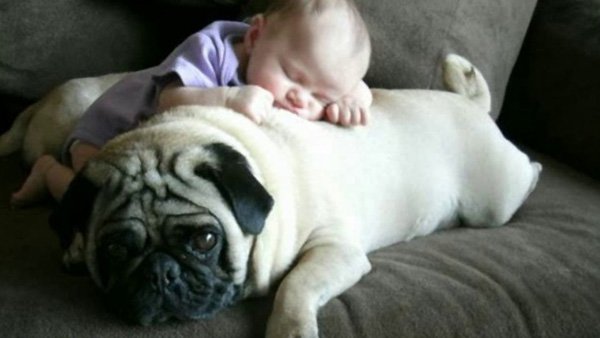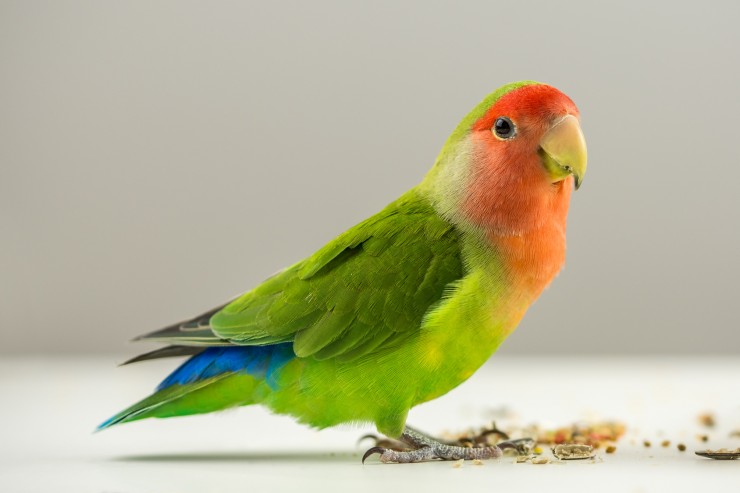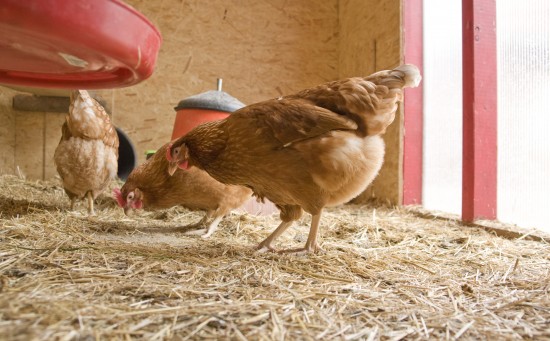
Taking Care of Your Cat’s Teeth
By John Erwin
There are far more problems with the teeth of pet cats than
most cat owners know about. Close to 50% of cats over the age of
5 years have significant dental problems. Unfortunately, there
are not very many useful and clear sources of information about
this threat to the health of your cat. But, ignorance of these
problems can be a real danger to your cat. The purpose of this
article is to alert you to the main problems your cat might
encounter, and to give you some practical information on what
you can do to keep your cat’s teeth healthy. There are four main
types of dental problems in cats. 1) Periodontal Disease, 2)
Feline Odontoclastic Resorptive Lesions, 3) Fractured Teeth, and
4) Feline Gingivitis. The bad news is that these are very
complicated topics that require substantial training in
veterinary medicine to fully diagnose and treat. But, the good
news is that you – your cat’s best friend – have the power to
prevent one of these problems: Periodontal Disease. Periodontal
Disease is an ongoing process, and it is easy for a veterinarian
to diagnose the early stages of this problem by just looking in
the mouth of your cat . The disease begins with the accumulation
of mild plaque on your cat’s teeth and also with very minor
inflammation, or swelling, of the gums. Almost 85% of cats over
the age of six years have developed at least early stage
Periodontal Disease. However, some pure-breed cats can develop
this problem as young as the age of 6 months. By brushing your
cat’s teeth at least once a week, you can prevent or delay the
development of Periodontal Disease. Of course, it is best to
start this routine while your cat is still a kitten – for two
reasons: 1) Your cat will get used to the process of having her
teeth brushed while she is still young, playful and ready to
learn, and 2) You will get a head start on heading off the
development of a potentially serious threat to your cat’s health
and happiness. Regular examination of your cat’s teeth by a
veterinarian (at least once per year) is also very important. If
Periodontal Disease formation has begun, it is usually not too
late for the veterinarian to stop it in its tracks even after it
has developed too far to be treated at home. But, do not
procrastinate and let the problem become an advanced disease.
This is very important, because IF YOU LEAVE THE PROBLEM
UNTREATED, THEN THE ONLY TREATMENT WILL EVENTUALLY BE THE
REMOVAL OF ONE OR MORE OF YOUR CAT’S TEETH. So, be a good friend
to your cat and take care of his teeth before it is too late.
You will be rewarded with many years of affection and happiness.
But, you might ask. . . Exactly how do you go about brushing a
cat’s teeth? First, start by choosing a time that you and your
cat are both very relaxed. You want to be in a patient mood, and
you want your cat to be calm and peaceful. Second, gradually
introduce your cat to the process. Hold her like you do when you
want to gently pet her. Make sure she is relaxed. Gently stroke
the outside of her cheeks. The first few times, do only this. A
few days later, introduce her to the taste of the toothpaste you
will be using by putting a small amount on your finger. You can
even find chicken flavored toothpaste made just for cats! Third,
introduce your cat to the toothbrush. Put a small amount of the
toothpaste she has become comfortable with on the brush and
gently touch two or three teeth and maybe the edge of her gum
with the brush. Your goal at this point is not to actually brush
her teeth, but just to let her get used to the feel of the
brush. Finally, begin to brush more and more teeth each time.
Once you get to the point that you are able to brush her back
teeth, make sure you don’t stop at the first sign that she is
tired of the process. She needs to learn that you will stop
brushing her teeth when you want to stop, not when she is ready
to do something else. Keep your sessions short at first, but
make sure she learns that you determine how long you will brush.
If you let her control this process, you will gradually lose the
opportunity to brush her teeth in a relaxed manner. Be very
gentle and try to make the sessions fun. It is not necessary to
brush for more than about thirty seconds, if you do it at least
once a week. This way your cat will enjoy getting her teeth
brushed, and she will stay healthy for many more years.
 Choose the best horse accessories to enjoy the riding
Choose the best horse accessories to enjoy the riding
Choose the best horse accessories to enjoy the riding
Choose the best horse accessories to enjoy the riding
 Chemicals That Are Extremely Harmful To Pet Birds
Chemicals That Ar
Chemicals That Are Extremely Harmful To Pet Birds
Chemicals That Ar
 Can You Control Your Cat’s Hunting Behaviour?
Can You Control Y
Can You Control Your Cat’s Hunting Behaviour?
Can You Control Y
 Seven Interesting Facts About Tortoiseshell And Calico Cats
Seven Interesting
Seven Interesting Facts About Tortoiseshell And Calico Cats
Seven Interesting
 How To Deal With Red Mite Problems In Chickens & Their Housing
How To Deal With
How To Deal With Red Mite Problems In Chickens & Their Housing
How To Deal With
Copyright © 2005-2016 Pet Information All Rights Reserved
Contact us: www162date@outlook.com